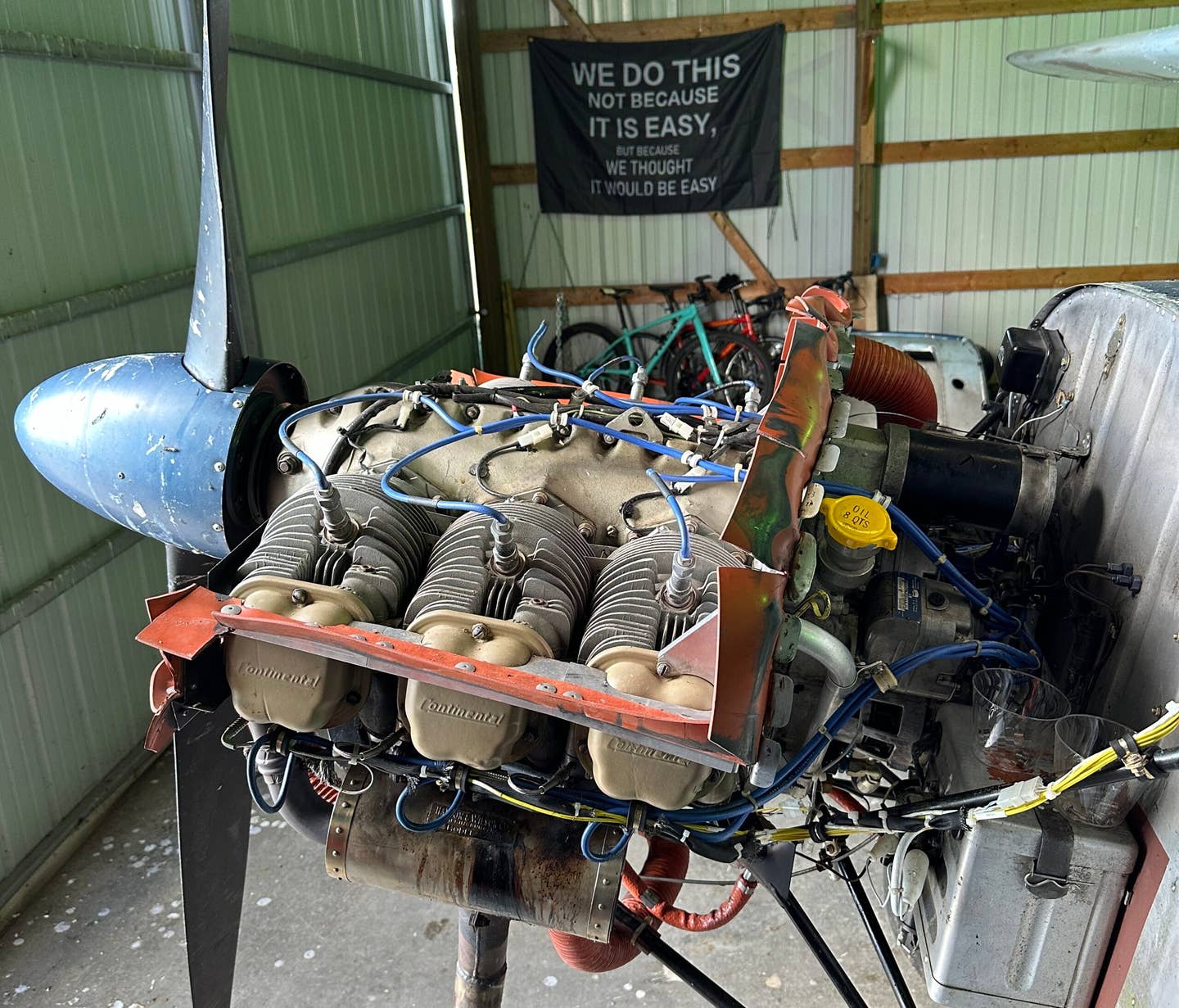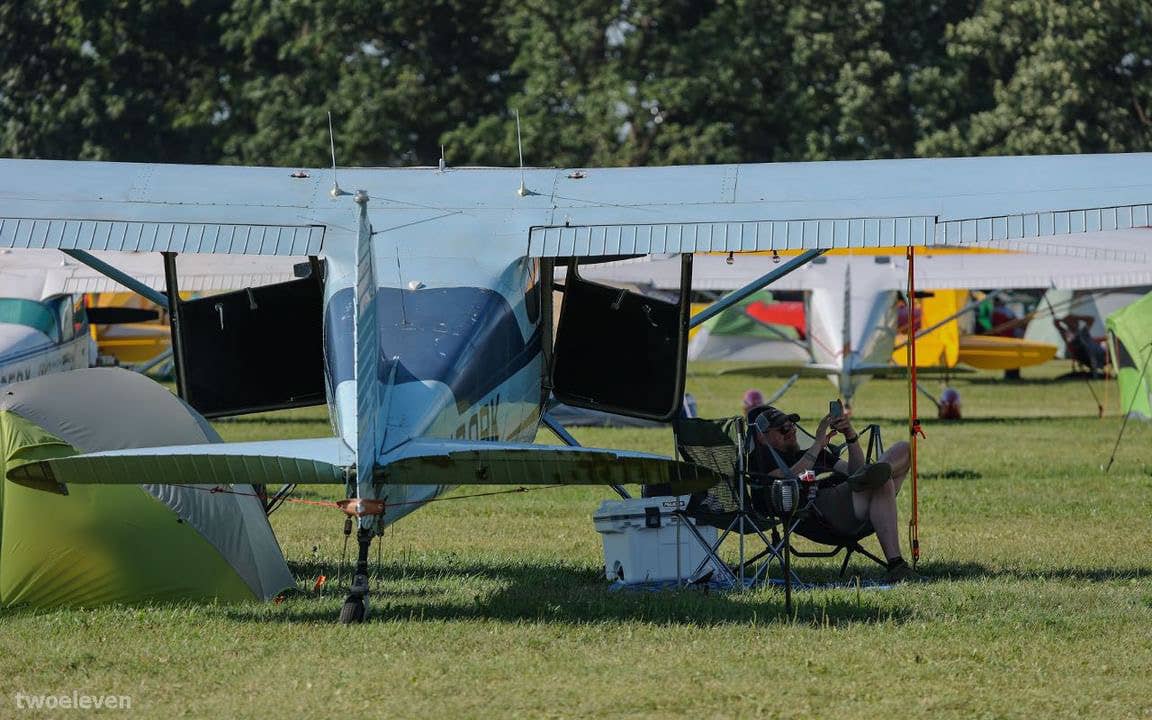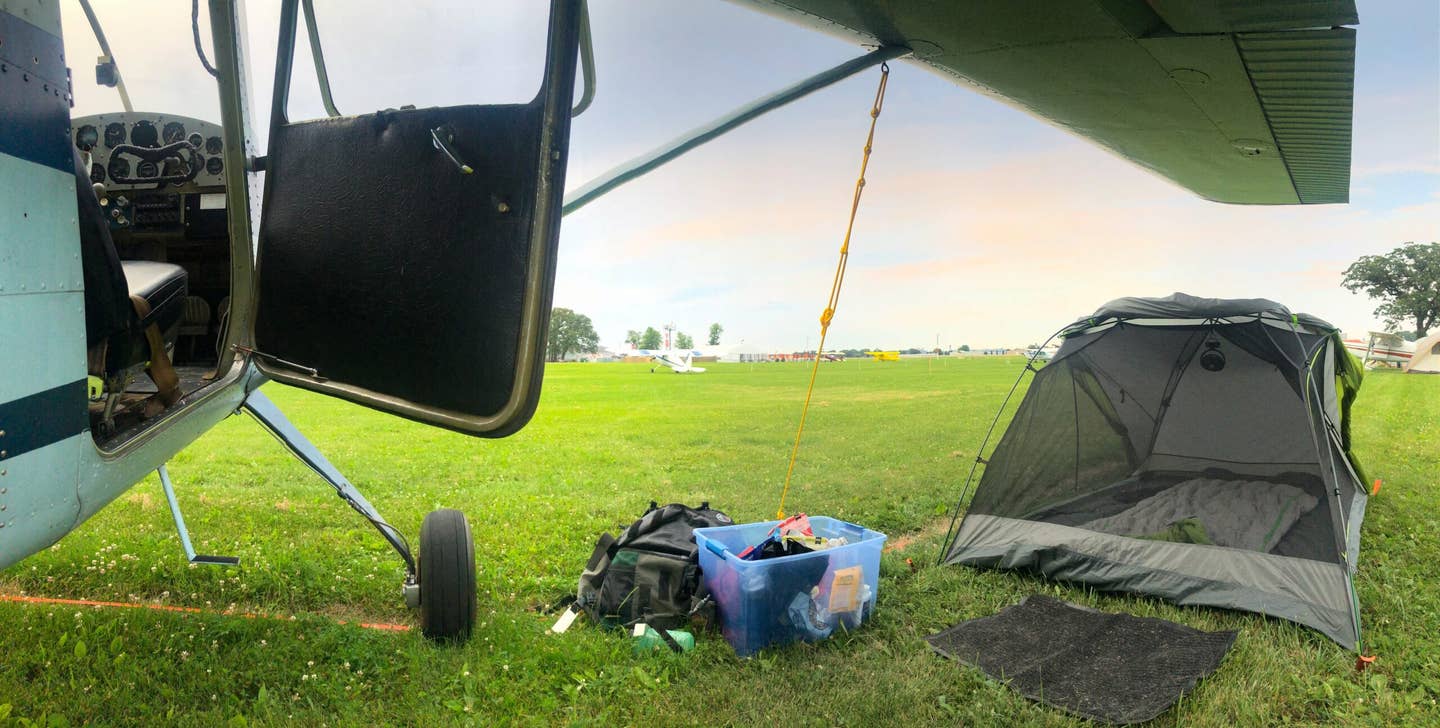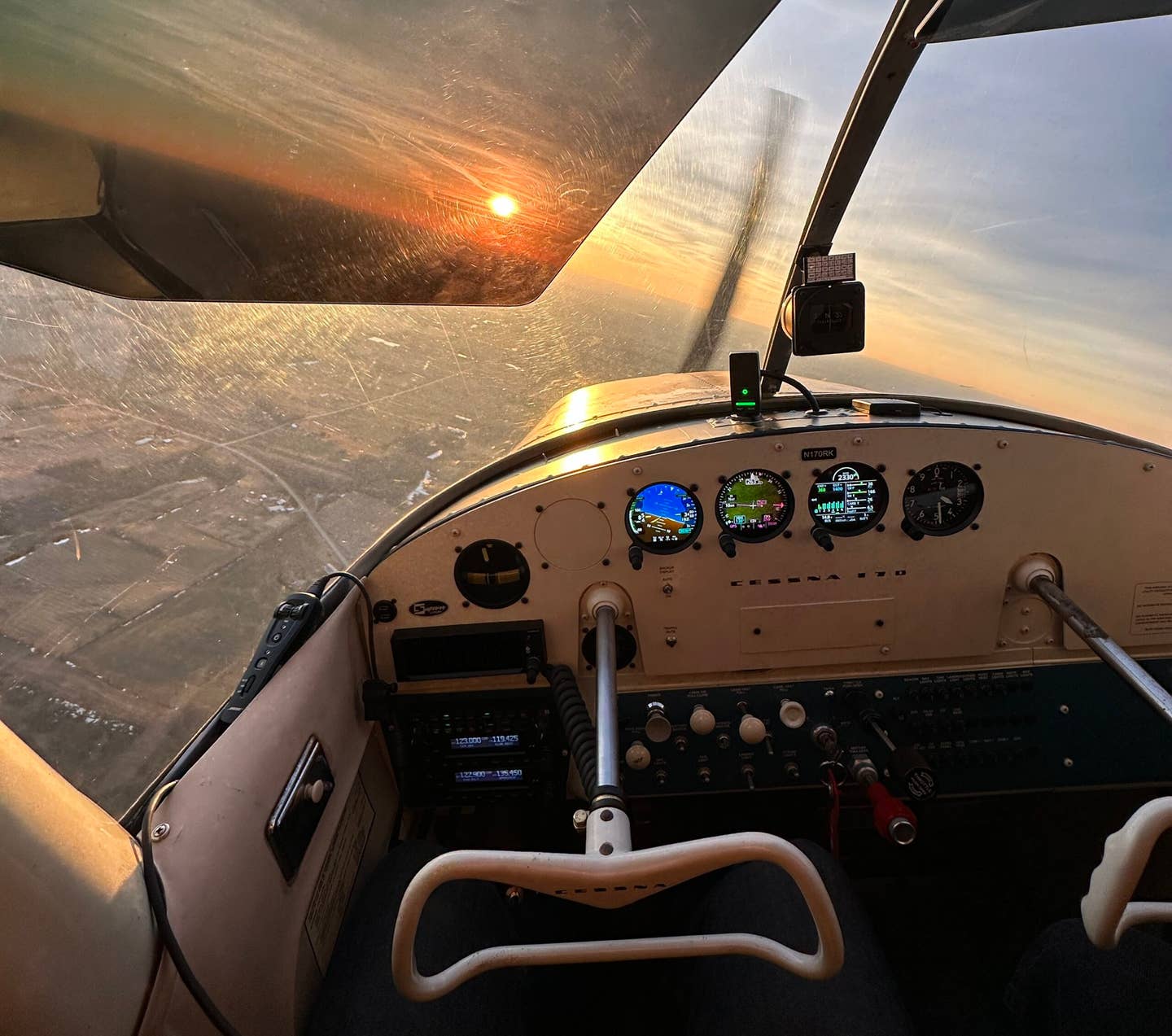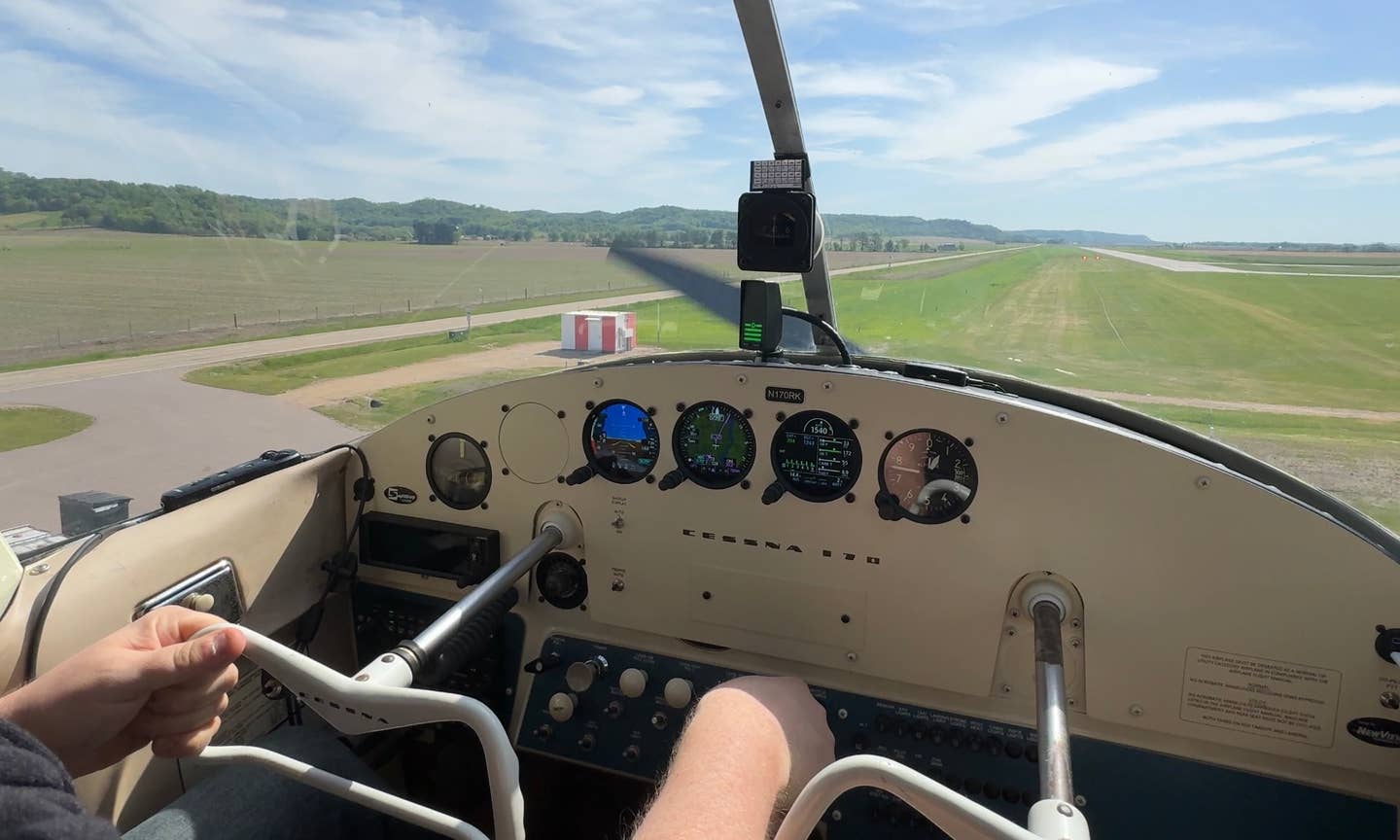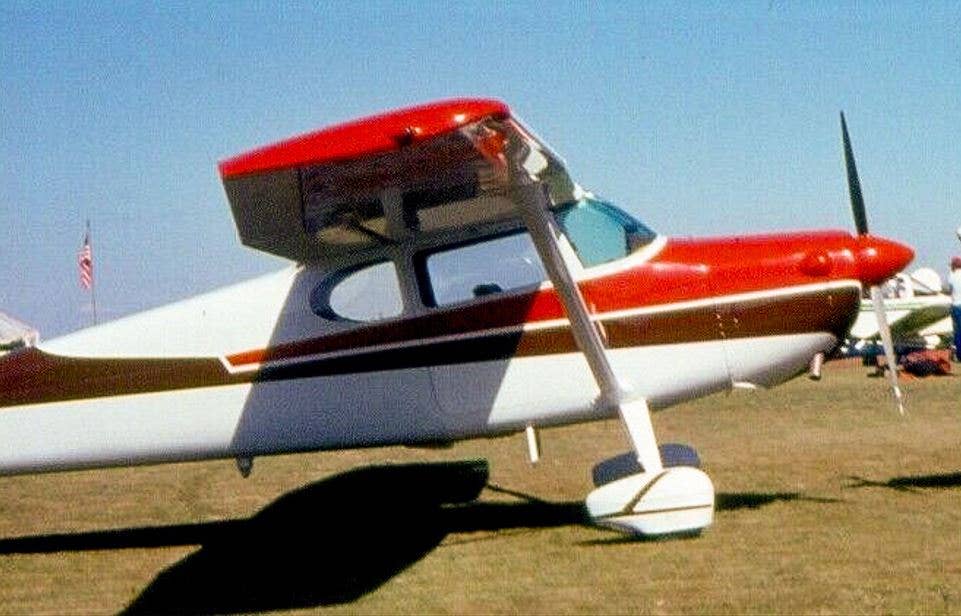Relocating Can Be Complicated When Airplanes Are Involved
Housing options may be easy to find, but great hangar options, not so much.
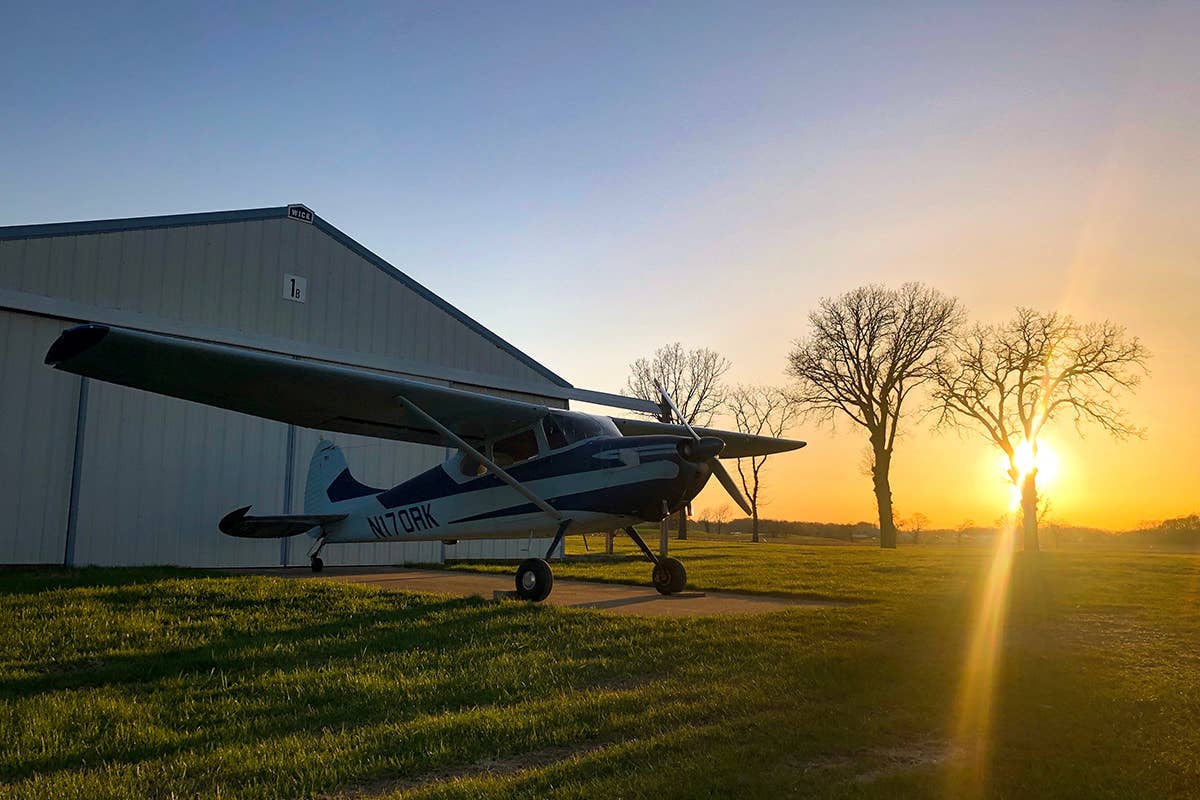
Finding a great hangar can be extremely challenging, and when faced with relocation, leaving one can be even more so. [Photo: Jason McDowell]
Relocating to a different part of the country is, as it turns out, considerably more complicated when there’s an airplane involved. Just as parents might prioritize school districts when evaluating places to live, an airplane owner might shop for hangar options first and then center the Zillow search radius around the preferred airport. Or, if you’re like me, you become stuck in limbo.
It all started last winter. Fed up with endless frustrations inherent in my public-sector job, I began exploring options in an entirely different career. By spring of this year, I had accepted a new job that is 100 percent remote and allows me to live anywhere. By any measure, it was a huge improvement.
Initially, visions of unbridled freedom filled my head. Shall I leave Wisconsin and move up to the northern Michigan paradise I love so dearly? Or should I move back to live closer to family and friends near Detroit? Then there’s always the possibility of branching out and trying someplace wildly different, with no snow, humidity, or mosquitos at all. The mind boggled at the possibilities, but I ultimately decided I’d like to move back to the area in which I grew up, near Ann Arbor, Michigan.
Certain Accommodations
As I began to scour the various real estate websites, one thing became very clear: Great housing options were easy to find…but great hangar options, not so much. As a single guy with no kids and the ability to fit every last non-motorized personal possession into the footprint of one small car, even the most modest studio apartments or tiny houses would suffice. The airplane, however, demanded certain accommodations.
First and foremost, it would require a good T-hangar. As I would be remaining in a northern climate, an outdoor tie down wouldn’t suffice. I had no interest in clearing snow and ice off of the airplane before every flight, nor did I want to expose the airframe to UV rays and violent, hail-filled thunderstorms.
An open hangar without a front door wouldn’t cut it, either. For lack of a better option, I used one briefly when I first bought the airplane. I wasn’t thrilled about the bird droppings that collected atop the airframe, and I definitely wasn’t thrilled about the idea of various other creatures taking up residences of their own within it.
No, a decent, fully-enclosed hangar with a concrete floor would be required. Electricity for my engine heater would be necessary for the cold months, and it would have to be an individual T-hangar as opposed to a communal hangar, where the airplane is subject to hangar rash from others. This combination, I came to learn, was an exceedingly rare commodity in the area I was considering.
To make matters worse, I’d also require an option for landing on grass. I installed a set of tundra tires this year, and operating from hard surfaces quickly chews up the soft rubber. Even ignoring this, however, I simply prefer taking off from and landing on grass, as it’s more forgiving when it comes to taildraggers and crosswinds.
Grass is fun, too. When the conditions are just right, you can open up the side window and use the sound of dandelion heads smacking against the left tire to precisely calibrate your flare and landing. I once took a flight instructor friend up for a ride in a Cessna 152 and did this without revealing my secret. He was mystified at my ability to hammer out one perfect landing after another. I finally came clean about 10 years later and we shared a good laugh.
The requirement for a grass option doesn’t necessitate an actual grass runway. Thanks to the efforts of the Recreational Aviation Foundation (RAF), the FAA recently acknowledged turf operations within runway safety areas. These operations most commonly entail taking off and landing from the grass immediately adjacent to an existing hard-surfaced runway. Good airports that lack a grass runway recognize the benefits and welcome such operations.
My No. 1 airport choice was the airport at which I did all of my primary training: the Ann Arbor Municipal Airport (KARB) about 30 miles west of Detroit, Michigan. It met nearly all of my requirements. The T-hangars were nice and well-maintained, the airport was situated right where I wanted to live, and it was equipped with a 2,750-foot-by-110-foot grass runway that intersects with the main, paved runway.
However, my excitement was tempered when I learned that there were 33 people on the hangar waiting list. Frustrated, I mailed in a nonrefundable $100 check to secure position No. 34. The owner of the local FBO estimated that it would most likely take more than a year—and possibly as many as three—for me to reach the front of the line.
Still motivated to find a hangar, I opened up a VFR sectional chart and began working my way outward in an ever-increasing radius. My findings were bleak. Every direction I looked, there were either no T-hangars available, the airports had fallen into disrepair, or my calls were simply never returned. Ann Arbor appeared to be the one and only option that would meet my needs.
Discouraged, I reflected upon what this meant for my living situation. I’d sold my house earlier in the year and had since found an inexpensive apartment, still in the Madison, Wisconsin, area. I was renting a great hangar at a nearby private field with a beautiful, 3,100-foot grass runway. Best of all, I had, over the preceding year, met some really great friends who got together for all kinds of flying adventures pretty regularly.
Although it wasn’t close to my friends and family in Michigan, it was an enviable situation.
A Lot To Offer
Before long, it occurred to me that I’d only just scratched the surface of what Wisconsin flying had to offer. From lush grass strips, to remote northern destinations near Lake Superior, to uncharted strips in the surrounding counties—potential adventures were in no short supply.
Even the barren, sub-zero, Arctic-esque winter months had a lot to offer. A couple of years ago, my friends Jim and Ross took me along for some landings on a nearby frozen lake. It was a blast, and now that I had an airplane of my own, I could join them in my own machine.
Exploring frozen lakes can be a really fun winter activity. After confirming the ice is sufficiently thick, usually by the presence of large diesel pickups driving to and from ice-fishing shanties, you can land and park on the ice at the nearest lakeside restaurant. There, you can enjoy some excellent local fish while admiring your airplane against the vivid blue sky and white landscape.
While I’m sure similar opportunities exist over in Michigan, there’s a certain lakeside fish-fry culture in Wisconsin that makes it particularly enjoyable.
The Airplane Was Steering Me
Gradually, my frustration with my inability to find a good hangar option in Michigan was displaced by visions of autumn and winter flying adventures where I was already living. Sure, I still wanted to move away in the long term. But in the shorter term, if the main problem was that I had to continue exploring my current state with some good friends, well, that’s a good problem to have.
I also reflected on the irony in the greater scheme of things. On any given flight, I steer the airplane to the places I want to go. But when it came to choosing which city and state I wanted to live in, the airplane was steering me. I may have been stuck in limbo, but maybe limbo wasn’t such a bad place to be.

Subscribe to Our Newsletter
Get the latest FLYING stories delivered directly to your inbox

